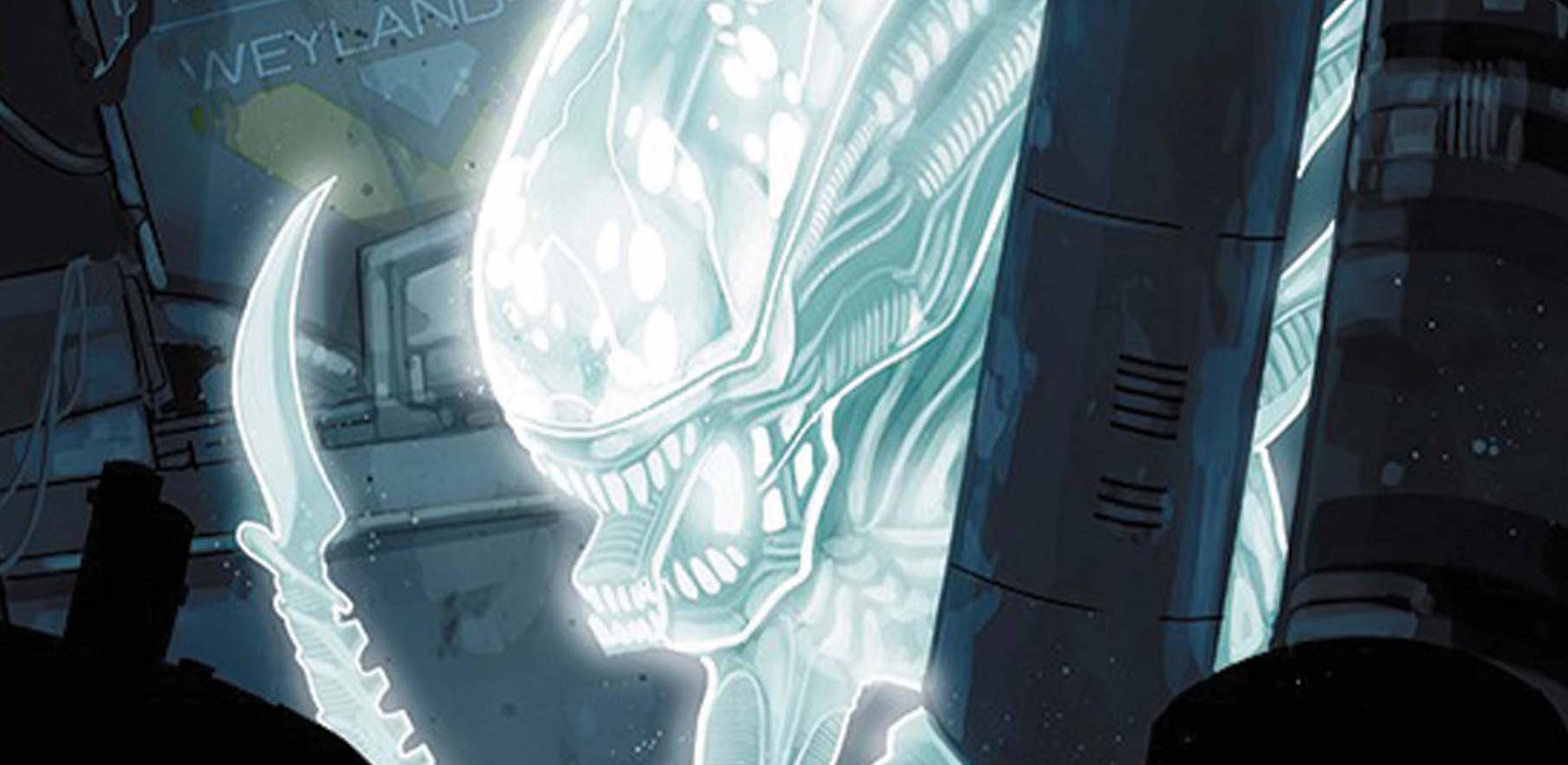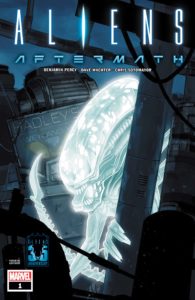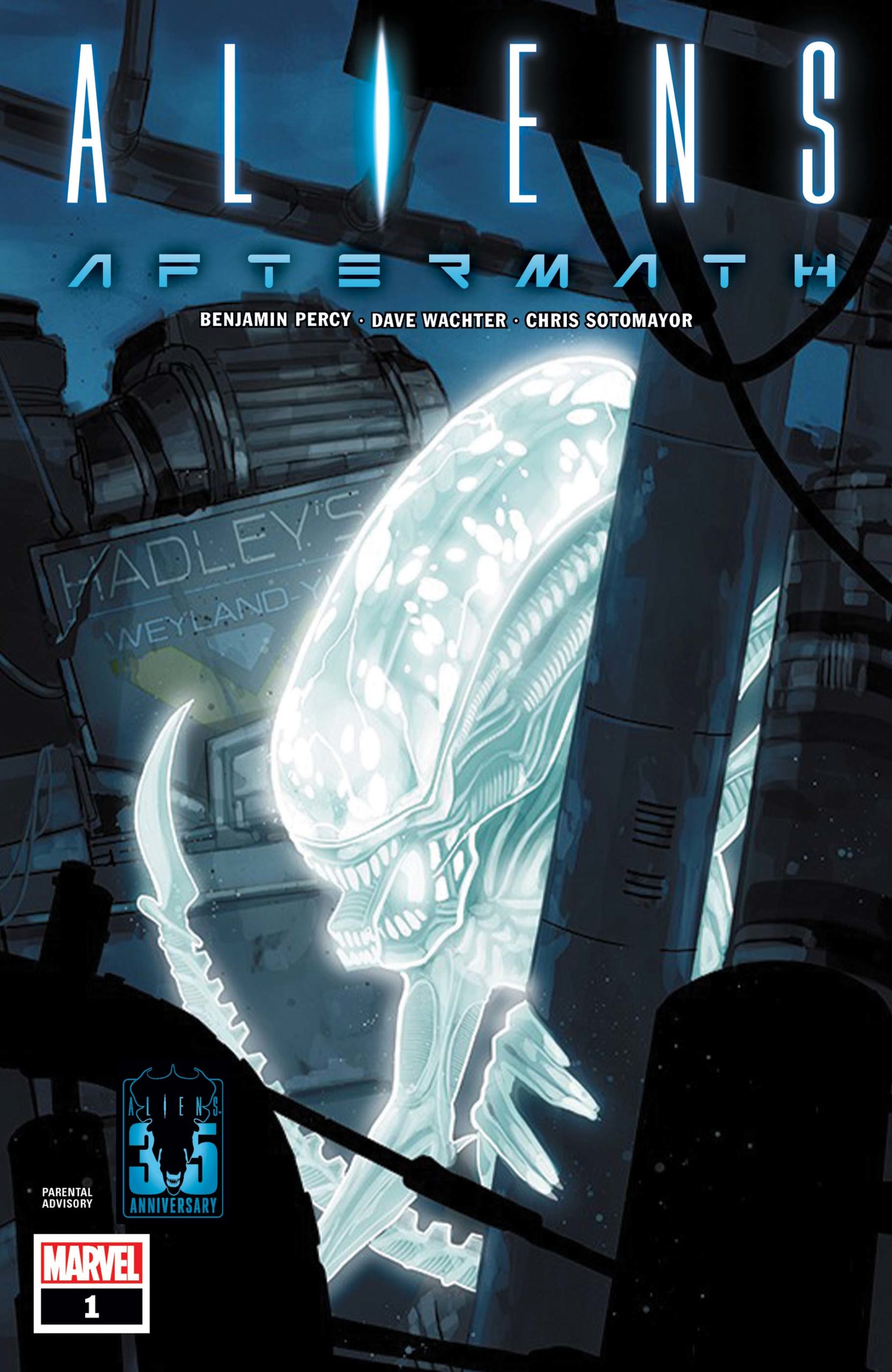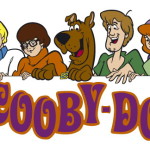
 It’s been 35 years since Aliens sank its slimy teeth into film history. 35 years since Ripley and the Space Marines touched down on LV-426. 35 years since “Game over man” and “They mostly come out at night” and “Get away from her, you bitch!”
It’s been 35 years since Aliens sank its slimy teeth into film history. 35 years since Ripley and the Space Marines touched down on LV-426. 35 years since “Game over man” and “They mostly come out at night” and “Get away from her, you bitch!”
This week, Marvel celebrates that anniversary with a return to the nuclear winter of Hadley’s Hope. Writer Benjamin Percy and artist Dave Wachter take us back to a familiar world of sci-fi horror in Aliens: Aftermath #1. But many have tried and failed to recapture the gruesome magic of Aliens. Does this book succeed at last?
It’s been 35 years for us, and it’s also been 35 years in the world of this story. The horrors on LV-426 have passed down as rumors to a new generation of space-farers. And those rumors quickly become a viscus, acid-blooded reality.
In Aliens: Aftermath, we don’t just return to the Hadley’s Hope colony. We return to the classic structure of an Aliens story: the unsuspecting crew, the abandoned planet, the slowly-dawning horror, and the machinations of a greedy mega-corporation behind it all.
In terms of plot, this book reads like a solid cover song. It hits all the familiar, crowd-pleasing notes, with just enough of its own twist to justify the cover.
So what’s the unique twist of this take on the Alien mythos? This story, at last, is a real follow-up to the events Aliens. We’re not revising the history of Ripely and Newt, but we’re dealing honestly with the titular aftermath. Alien 3 notoriously treated Aliens like an obstacle, clearing the board to tell its own story. Alien Aftermath tells its own story, but it’s a story that asks honest questions about the world of Aliens.
What does it mean for regular citizens to live in a galaxy where mega-corporations like Weyland-Yutani sacrifice entire colonies for profit? And what about the Space Marines—how much did their families know? If you’re invested in those character-based world-building questions, this is the book for you.
As for the actual horror of the book, it suffers from the same problem that most recent Alien stories suffer from: we’re just too familiar with the xenomorph. Aliens Aftermath adds a slight twist to the xenomorph design, but the cover itself spoils any surprise. Again, this is a cover song. It plays the horror beats right, but we expect them all.
That said, Aliens: Aftermath is Marvel’s best attempt yet to capture the Aliens tone. While this is still definitely a modern comic, the characters and dialogue evoke ‘80s tropes. The art here feels less digital than the uber-realistic art of Marvel’s main Alien title. The art of Aftermath has more in common with the dirt and sweat and slime of the original films. The world of Alien shouldn’t feel clean and polished; it should feel messy and real, a place where monsters can lurk in dark corners.
Is this the perfect Alien story we’ve been waiting for, the one to finally recapture the heart-pounding greatness of the original films? Not quite. But I don’t think needs to be. It’s a great tribute to a great film on its 35th anniversary. And for this Aliens fan, that’s plenty.




